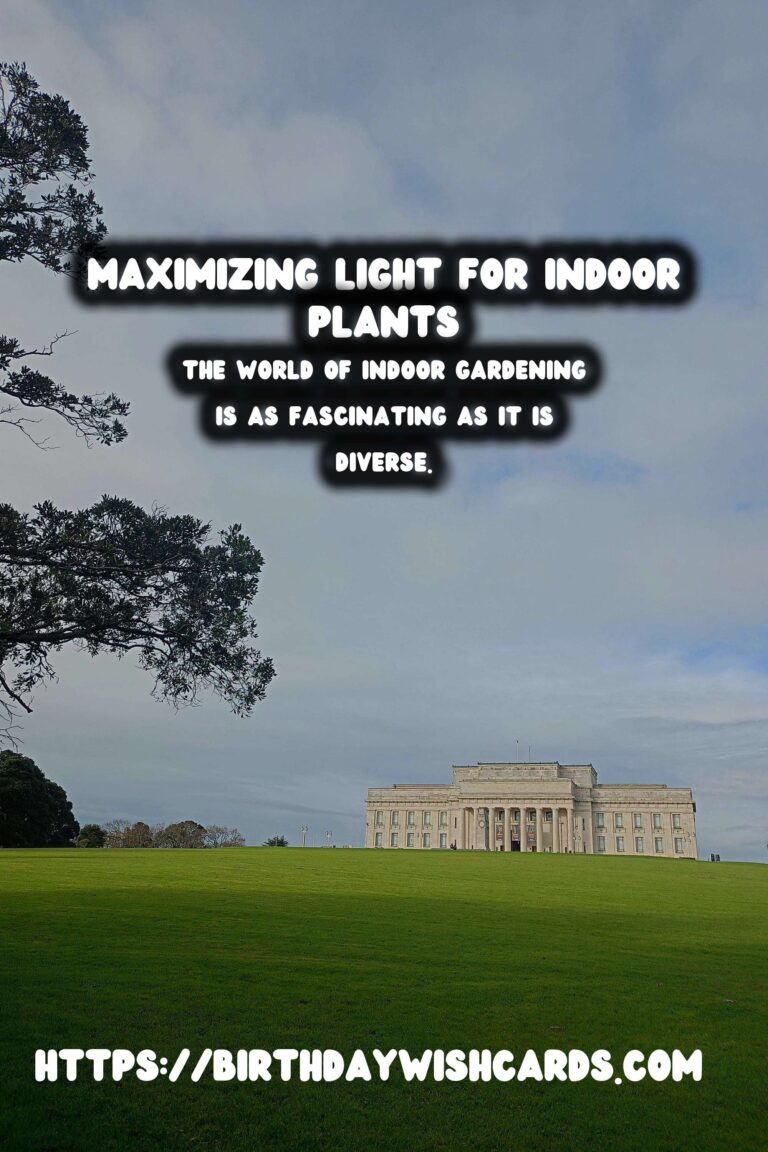
The world of indoor gardening is as fascinating as it is diverse. One of the most crucial aspects for successful plant care is understanding the light requirements of your plants. Light is not just essential; it’s the very fabric of life for plants, influencing growth, reproduction, and the overall health of your green companions.
Navigating the nuances of plant light requirements can feel daunting, especially for beginners. This comprehensive guide is designed to equip you with the knowledge needed to optimize light conditions for your plants, ultimately helping them flourish.
Why Light is Essential for Plants
Photosynthesis is the process by which plants convert light energy into chemical energy. This energy is stored as sugars, serving as fuel for their growth and maintenance. Plants use sunlight to create their food, release oxygen, and produce the energy required to sustain their existence.
Without adequate light, plants cannot perform photosynthesis efficiently, leading to stunted growth, weak stems, or even plant death. Each plant species requires different light intensities and durations, catering to its native environment conditions.
Types of Light for Plants
When we talk about plant light, it’s important to understand the different types of light available for them:
Natural Light
Sunlight is a natural and free source of energy for plants. Natural light provides a balanced spectrum of light that most plants thrive on. However, the intensity and duration of sunlight vary, depending on the geographical location and weather conditions.
Artificial Light
Artificial lights can supplement or replace natural sunlight, especially indoors. There are several types of artificial lights:
- Fluorescent Lights: These are cost-effective and emit a low amount of heat. They come in various sizes and can be tailored to provide different light spectrums.
- LED Grow Lights: Highly efficient and customizable, LED lights are ideal for indoor gardening. They can be adjusted to deliver specific light wavelengths suited for various plant stages.
- Incandescent Lights: While commonly available, they are not the most efficient choice for plant growth due to their excessive heat output.
Understanding Plant Light Levels
Plants have unique light level needs, categorized broadly as low, medium, or high light requirements.
Low Light
Plants like snake plants, pothos, and peace lilies can survive in low light conditions. Ideally, they should be placed in areas with indirect light, away from windows.
Medium Light
Plants such as philodendrons and ferns thrive in medium light. A position with filtered light, such as behind a sheer curtain, is perfect for them.
High Light
High-light plants require bright, direct sunlight to flourish. Examples include succulents and cacti, which should be positioned near south-facing windows.
Determining Light Requirements for Your Plants
Observing your plants and understanding their responses to light exposure can help you fine-tune their environment for optimal growth. Signs of inadequate light include elongated stems, smaller leaves, and a pale appearance. Conversely, too much light can cause leaf burn, characterized by brown tips or edges.
To accurately assess light intensity, you can use a light meter or smartphone apps designed for this purpose. Monitoring the light levels in different locations around your home will aid in choosing the right spot for each plant.
Seasonal Changes and Light Adjustments
Throughout the year, the available light changes due to seasonal variations. During winter months, days are shorter and sunlight is less intense, which may call for the use of artificial lighting to supplement natural light.
In summer, be mindful of the intense afternoon sun, which can be too harsh for some plants. Relocating sensitive plants to a shadier spot or using protective coverings can shield them from excessive light.
Conclusion
Understanding plant light requirements is fundamental to nurturing a thriving indoor garden. By paying attention to the light intensity, type, and duration, you can create a conducive environment tailored to the specific needs of each plant species.
Whether you’re relying on natural sunlight or enhancing it with artificial lights, the key is to observe and adjust as necessary. With knowledge and care, your plants can flourish, bringing beauty and tranquility to your space.
Embrace this journey of discovery as you learn the precise dance of light and green living. Your diligent efforts will be rewarded with healthy, vibrant plants that thrive in their indoor oasis.
The world of indoor gardening is as fascinating as it is diverse. One of the most crucial aspects for successful plant care is understanding the light requirements of your plants. 
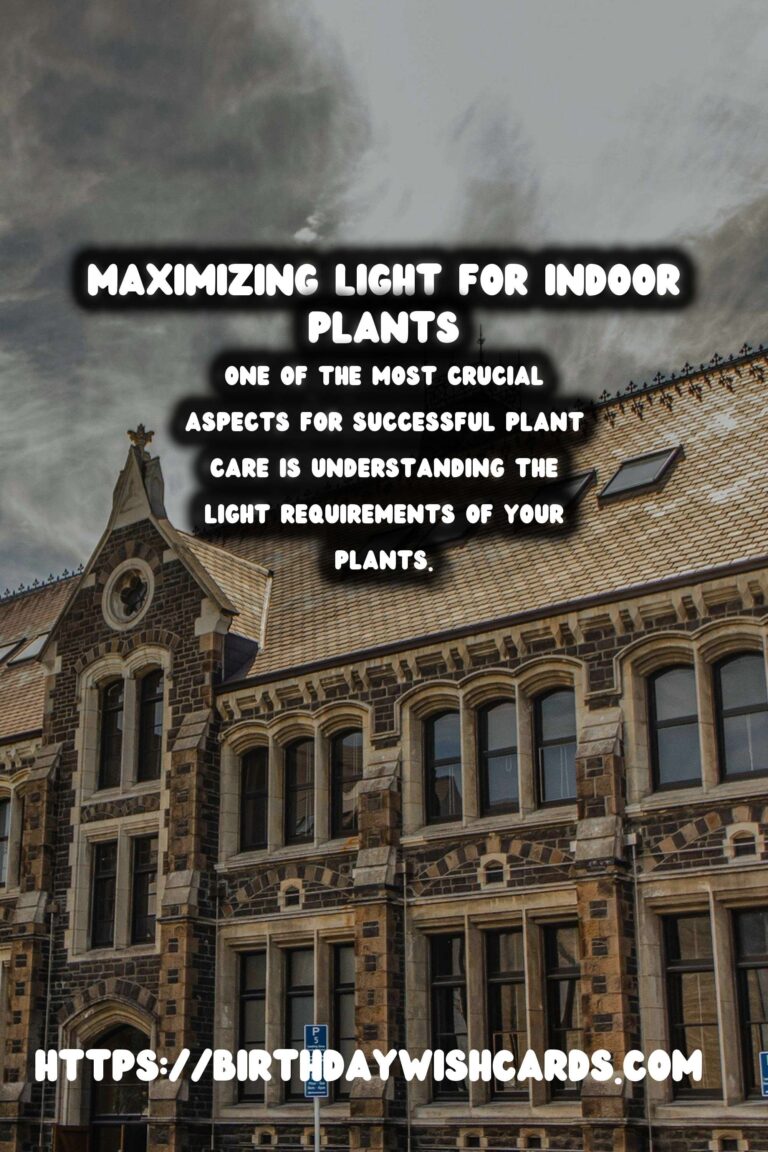
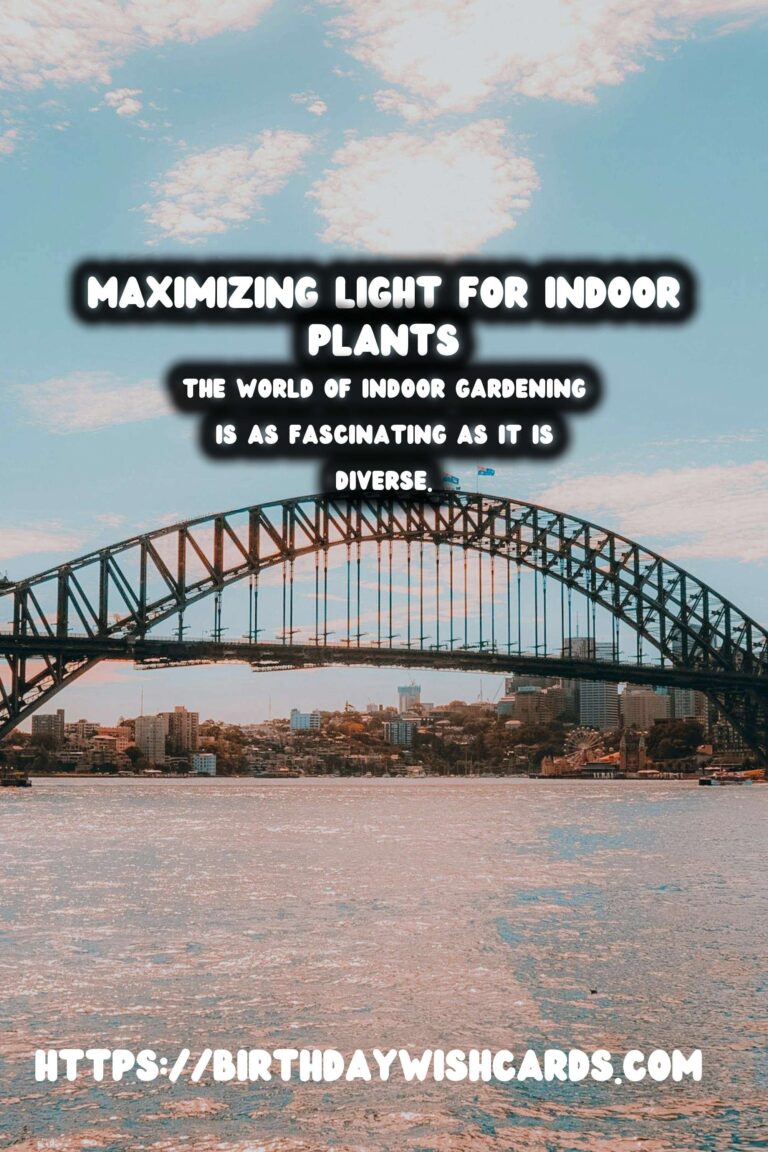
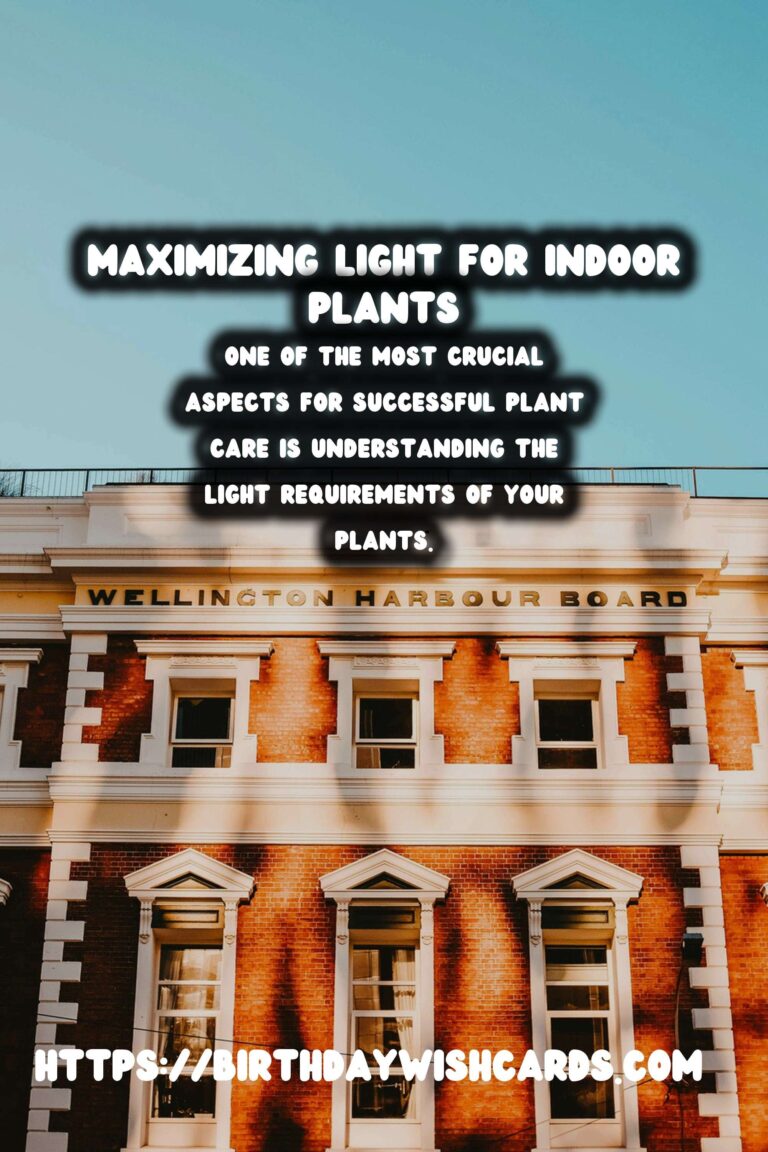
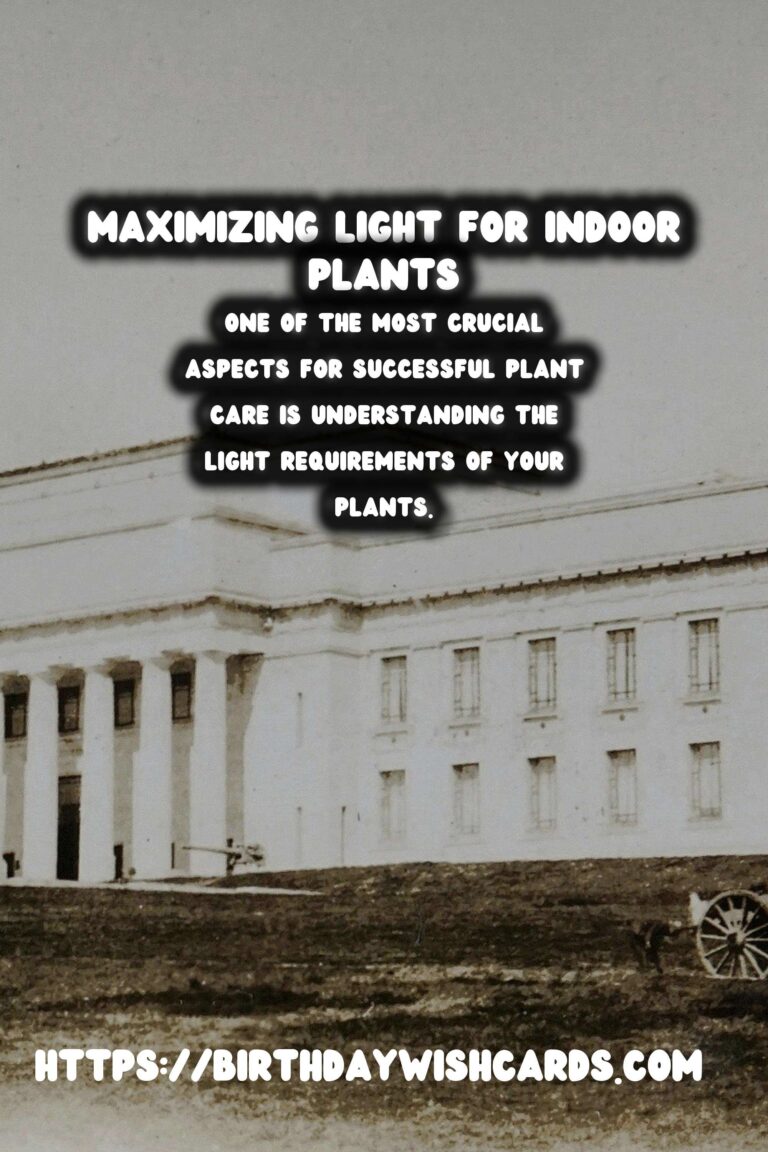
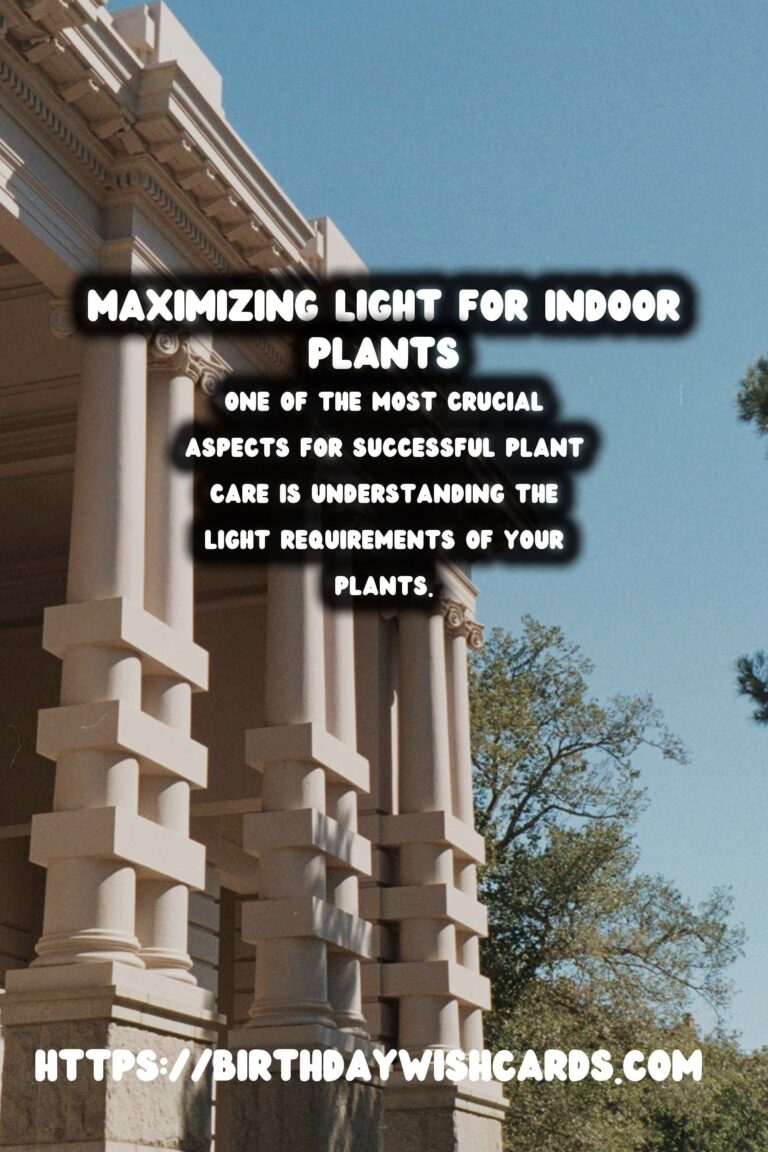
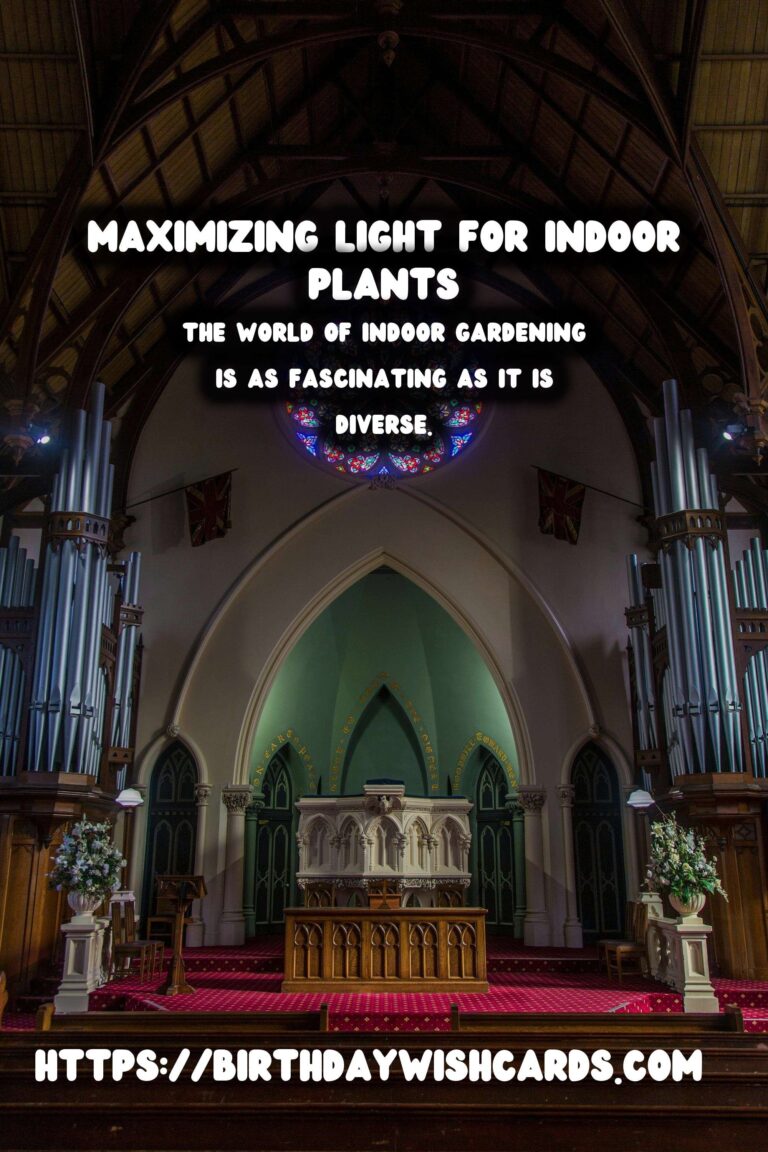
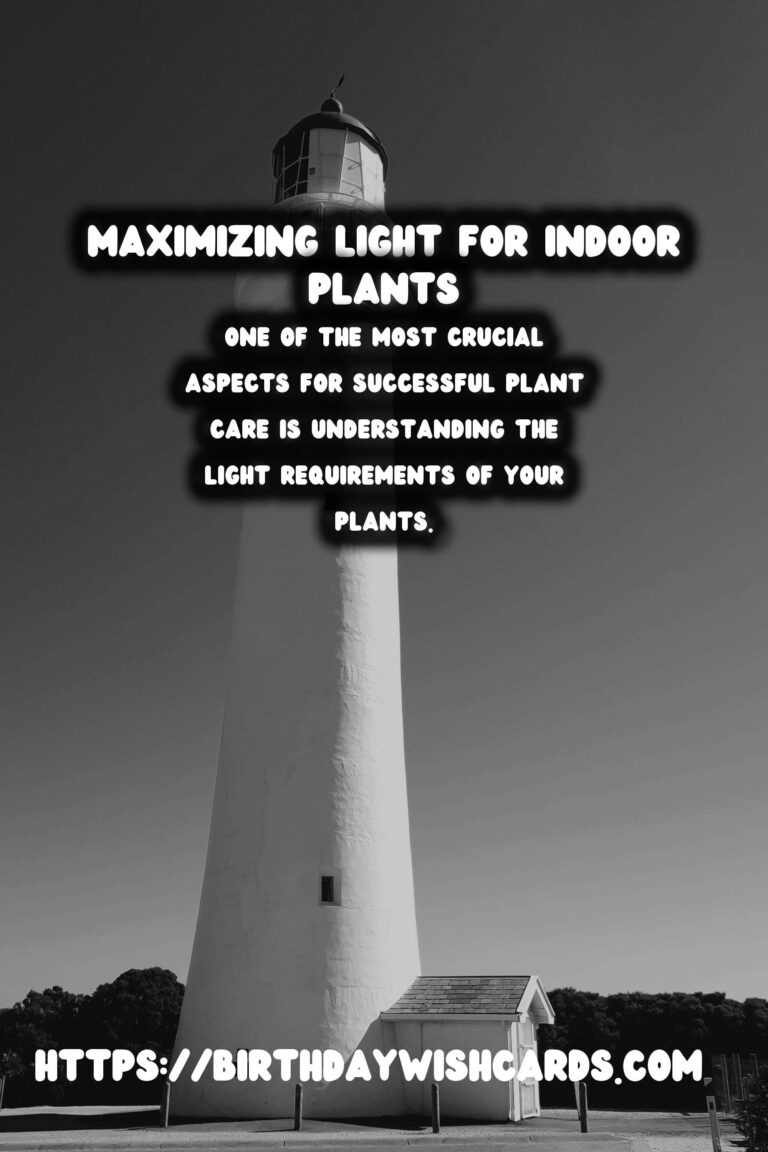
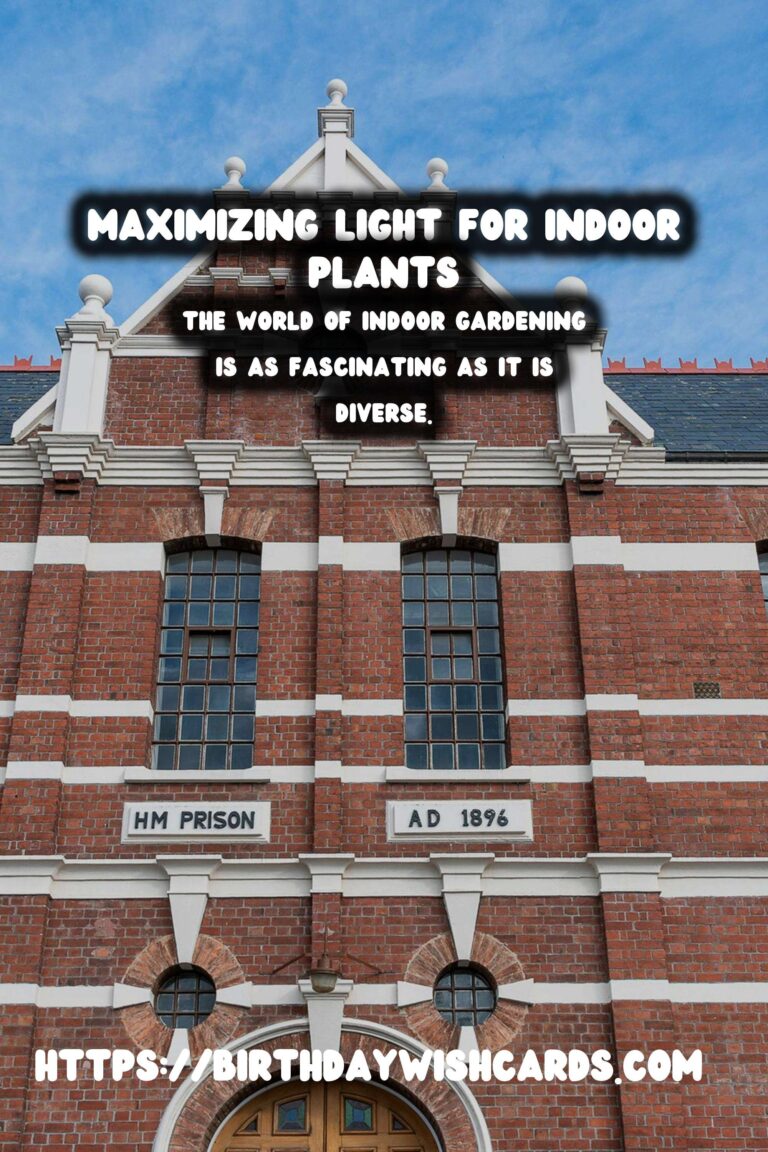
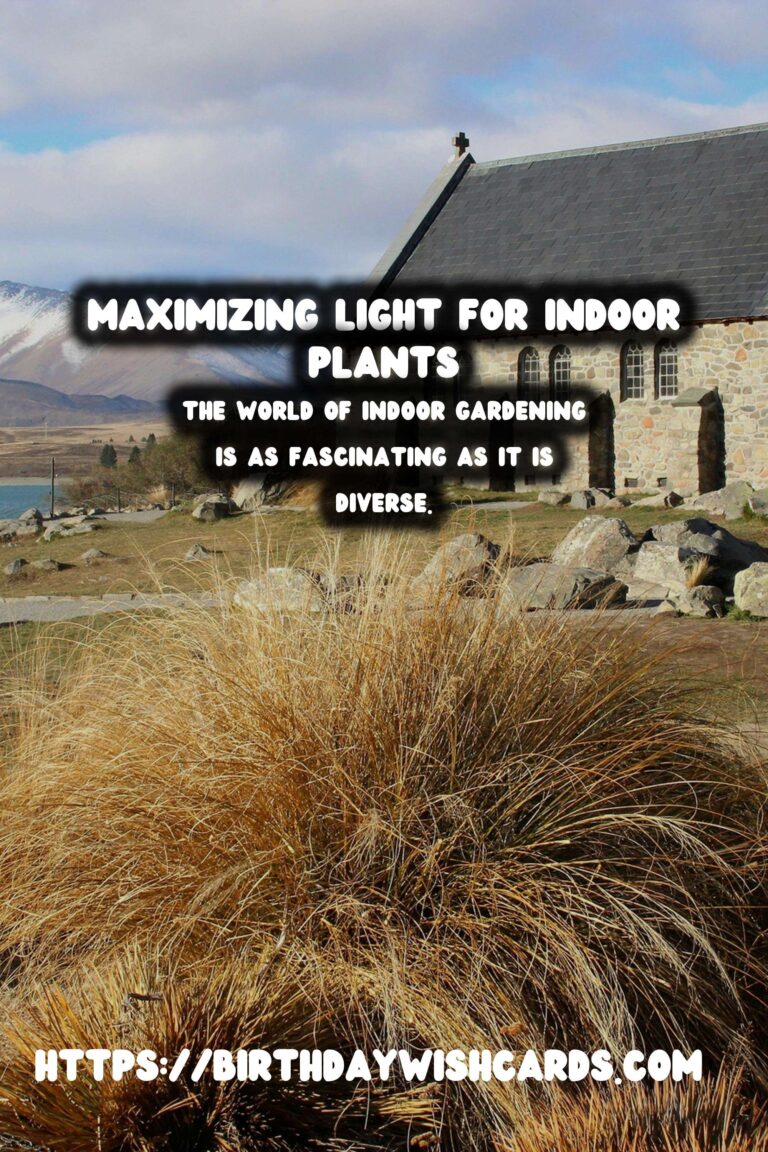
#PlantCare #IndoorGardening




